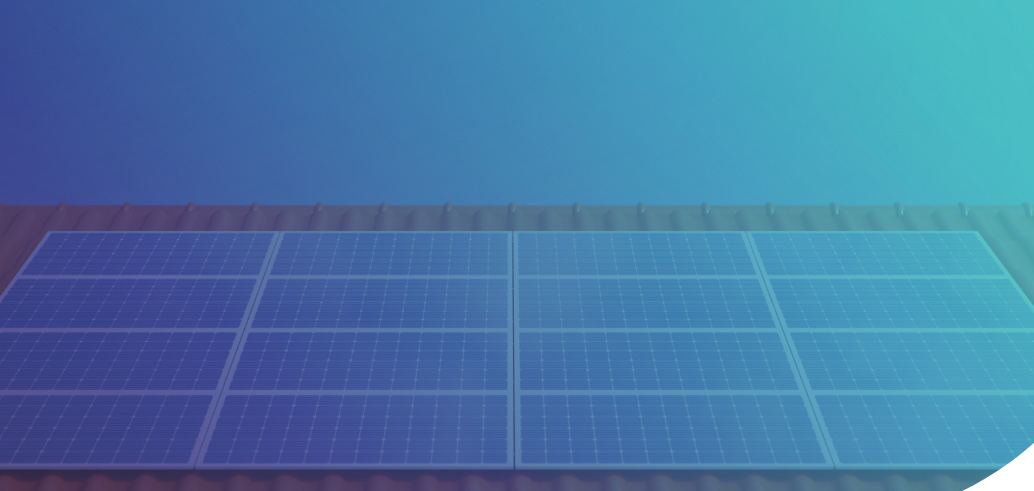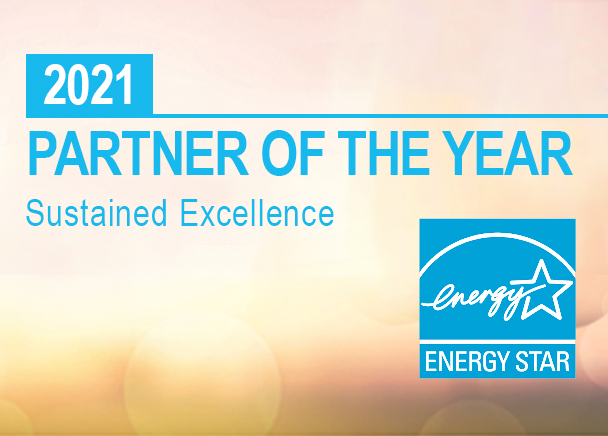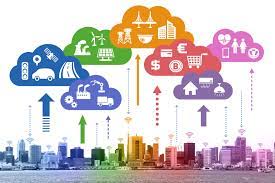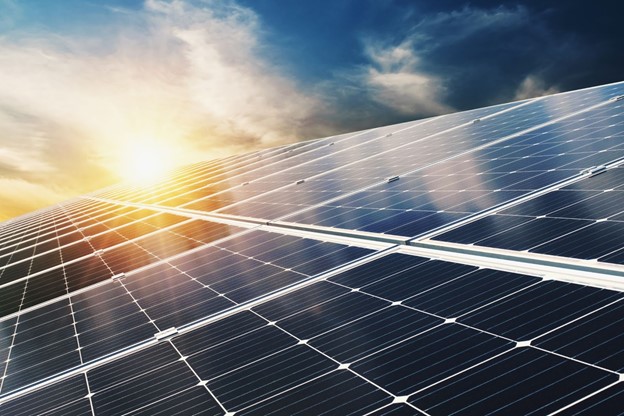Your Home. Your Life. Elevated.
Distributed Energy Resource Management
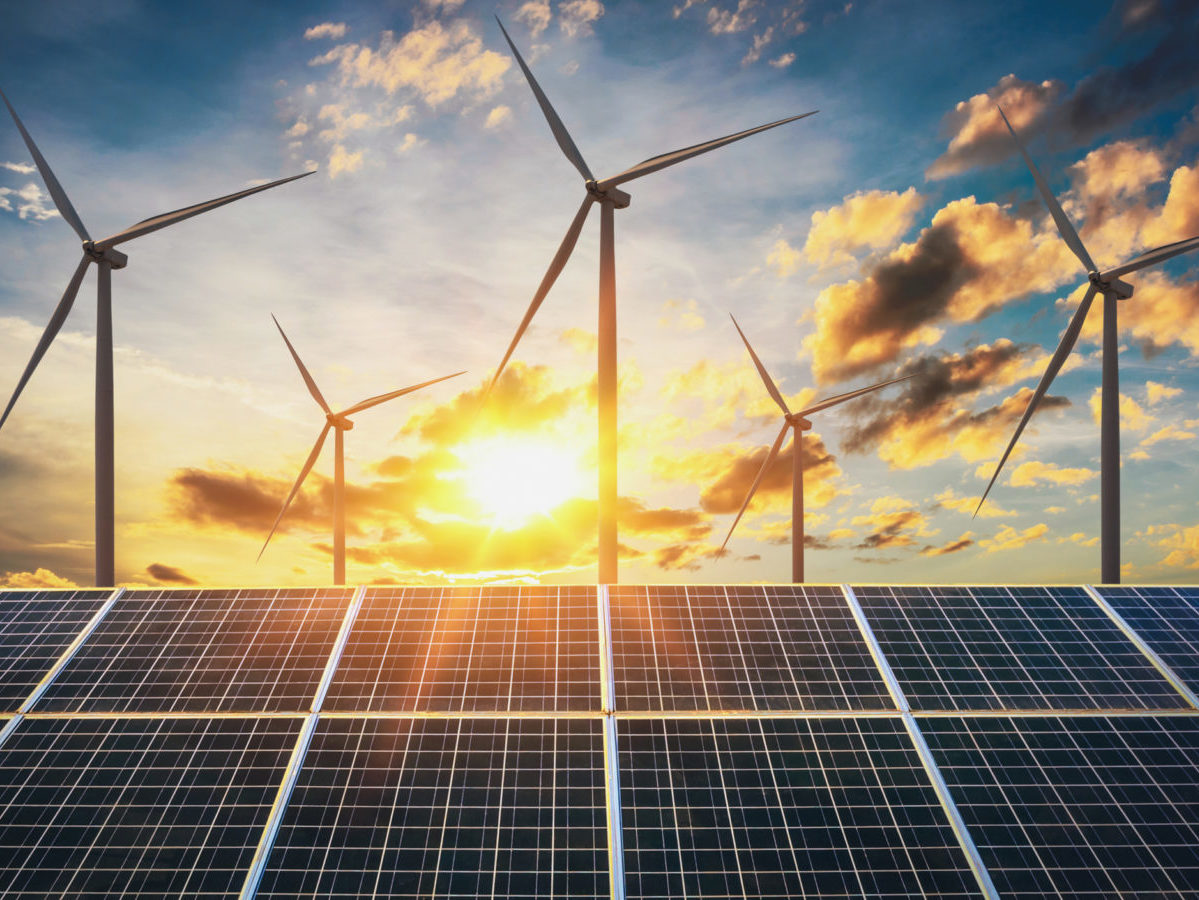
The value of distributed energy resources is advancing rapidly for its benefits in utility cost reductions and alignment of ESG commercial goals. According to MarketWatch, the global distributed market for this unique aspect of sustainability will expand at a compounded annual growth rate (CAGR) of 15.73% from 2017 to 2025, and it will amass an astonishing volume of $961 million. However, the ideas behind distributed resources can be difficult to understand, especially among commercial building owners that are uncertain of how to start their new sustainability strategy. Thus, it’s important to know a few of the top major trends affecting distributed resources and how they’ll impact investments for years to come.
Decentralization Is the New Normal for Distributed Energy Resource Management
Distributed energy management used to have a connotation as simply better distributing resources among major energy providers. However, that’s changing in today’s world. The real meaning of distributed energy resource management has now expanded to include homes and everyday facilities that generate energy and pour it back into the grid. As such, the more locations with energy generation will inherently further distribute the grid to promote more agile and responsiveness energy management. In other words, decentralization of energy generation and storage is the clear winner in the top trends of the industry.
Distributed Management Continues to Add New Generation Sites
Part of the jolt created by distributed energy resources comes from the variety of potential energy sources. Among these, solar energy generation, using photovoltaic panels and storage systems has been growing too. And now, solar energy distributed resources are now above the total volume of distributed fossil fuel-generation energy resources. That’s simply due to a host of policies and regulations that have incentivized solar energy en masse. And it will form nearly 67% of all distributed energy resource generation by 2025.
Regulations Favor Energy Resource Management Strategies That Favor Disruption-Free Distribution
Another factor playing into the top trends goes back to the very policies and rules that favor sustainable, renewable energy generation. As further explained by the Energy Information Administration (EIA), these include federal tax incentives and credits for qualifying renewable energy products, grans and loan programs, and additional state-level policies. They are all geared toward incentivizing businesses and other building owners to invest in renewable, distributed energy resources without the high costs of traditional installation and maintenance. In other words, the programs subsidize energy generation and distribution, further pushing it forward in the path toward a lower carbon footprint for the U.S. as a whole.
Renewable Sources of Energy Are Generally Preferred Within Distributed Energy Grids
While it is possible to leverage traditional energy sources, such as fossil fuels, within distributed energy grids, there’s another trend to understand. Since distributed resources hinge on ready availability and lower overhead (in terms of oil production and transport), there is a clear preference for renewable sources of energy. Furthermore, net metering technologies are allowing utility service providers to track energy generated, used, fed back into the grid and more. As a result, utility companies can take advantage of individual people and companies that have taken the steps to install sustainable systems and batteries, all without sacrificing their own profitability and energy demand.
Diverse Distributed Resources Are Adding New Levels of Scalability and Cost to Help Organizations of All Sizes Tap Their Value
Even as companies look to maximize all available resources, distributed energy resources further promote scalability. In other words, existing utility companies can access additional power reserves within the batteries or energy generation sites. That is best exemplified by looking at solar energy production. For instance, solar panels cannot generate energy during low-light or night-time hours. As such, their reserve power rests in the power cells of large batteries on site.
While these power cells may not be large enough to power a whole home, they do offer an additional resource that can be scaled to meet demand. Building on this example, companies could tap an extra kwh of energy from every site to provide ample power when there are periods of high demand. Meanwhile, using other resources, like virtual power plants, it’s possible to connect into grids and energy reserves in areas not experiencing high demands. Granted, that is a complex process, which is why more utility service providers make the decision to outsource distributed energy resource management to experienced third parties.
Choose the Right Partner to Maximize Investment in Distributed Energy Resources
Any strategy for successful use of distributed energy management must come from those that understand the nuances, scalability and best practices to apply decentralized energy generation and distribution. And these trends reflect the growing consensus that distributed energy resources are the next wave of energy management and fiscal stability in business overhead. Learn more about how your organization can be part of the sustainability future by exploring what Elevation has to offer. Contact Elevation today to get started.
